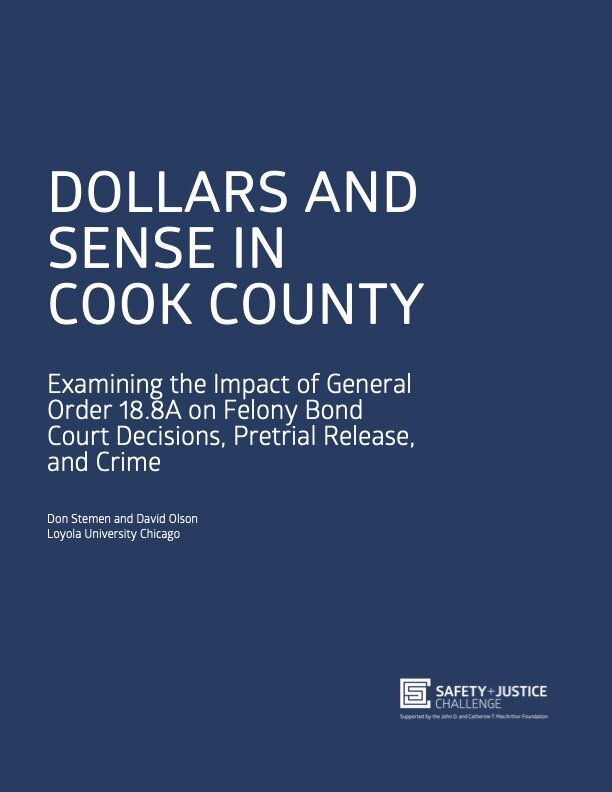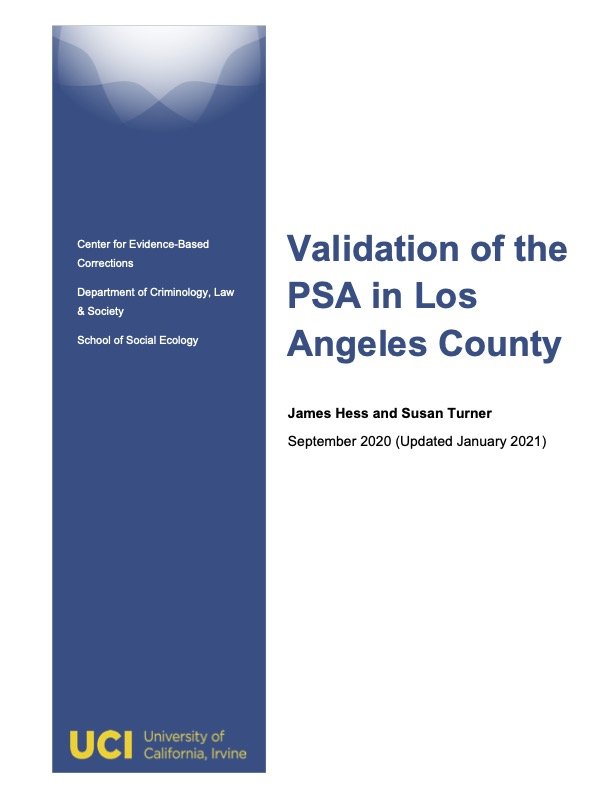Edited by Michiel Van der Wolf
This edited collection provides an interdisciplinary and cross-national perspective on safeguarding the quality of forensic assessment in sentencing offenders. Taking an in-depth look at seven different Western countries, each chapter provides an overview of the role of assessment in sentencing offenders, as well as a focus on formal ways in which the respective country’s legal system and disciplinary associations protect the quality of forensic assessment. Each chapter explores how to assure better decision making in individual cases based on assessments of psycholegal concepts such as mental disorder/insanity, criminal responsibility and dangerousness. Combining the perspectives of lawyers, legal scholars, and clinicians working in the field, this book is essential for those working in and with forensic assessment.
New York; London: Routledge, 2022. 281p.





















